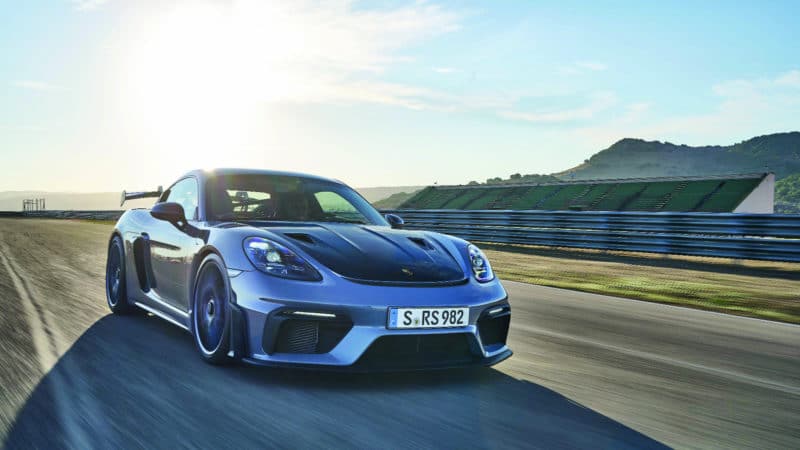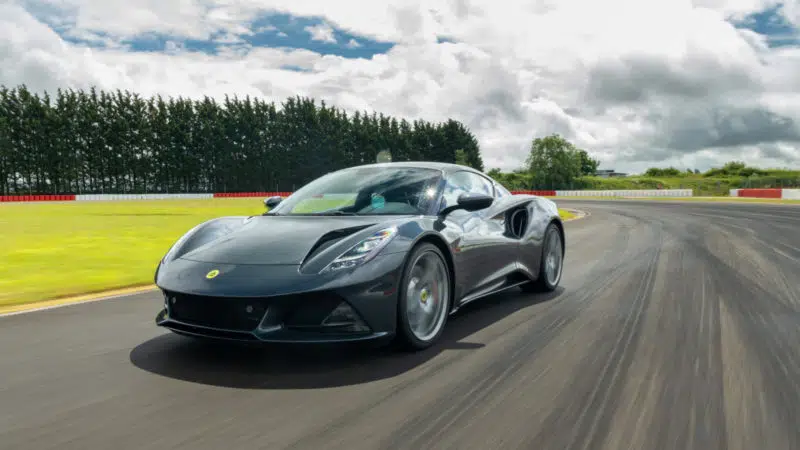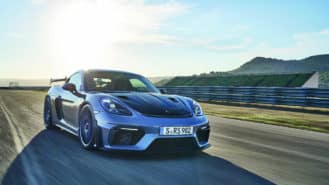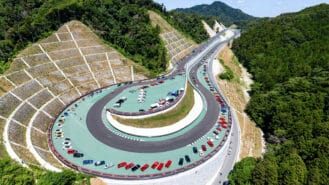It wasn’t quite the same with its closest conceptual rival, the Maserati MC20, with which I went through a very similar process. I love the way it looks, its explosive V8 engine and the way its superbly damped carbon chassis and allows the car to travel point to point very rapidly indeed. And at sensible road speeds I’d say it was close to matching the McLaren as a thing to drive and clearly outpoints it for sheer sense of occasion and visual appeal. But ultimately it is a far less capable car. Not only is the McLaren far easier to live with thanks to being quieter, more comfortable and easier to see out of, ultimately it’s better to drive too: on the limit the MC20 experience is significantly compromised by a lack of feel in both its steering and brake pedal leading to a markedly less satisfying and indulgent driving experience.

Not as good to drive as it looks: Maserati MC20
Maserati
Meanwhile Ferrari continued to show why it remains the dominant force among supercar manufacturers. When I first drove the SF90 in the summer of 2020 I rued the fact that its driven front axle added weight, made the car less consistent on the limit and essentially removed the boot so you couldn’t actually travel very far in it. And I wondered whether Ferrari might learn that lesson a produce a lighter, scarcely slower, massively more practical and there for usable rear-drive car along similar lines. And the 296GTB is precisely that car. It is too often compared to the Artura because both are powered by 120deg V6 engines with plug in hybrid drives attached, but the truth is that in price, power and positioning, the 296GTB is junior hypercar offering quite devastating levels of performance. I thought it was fabulous: so ridiculously rapid, yet remarkably easy to drive, brimming with sense of occasion but unlike the SF90, unspoilt by serious flaws. It’s probably the best Ferrari I’ve driven since the LaFerrari almost 10 years ago, a period during which the overall standard at Maranello has been kept astonishingly high. Which is why I’m still not sure why I didn’t quite love it.








